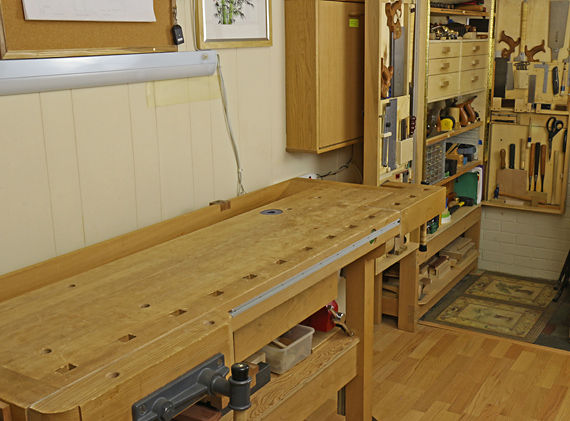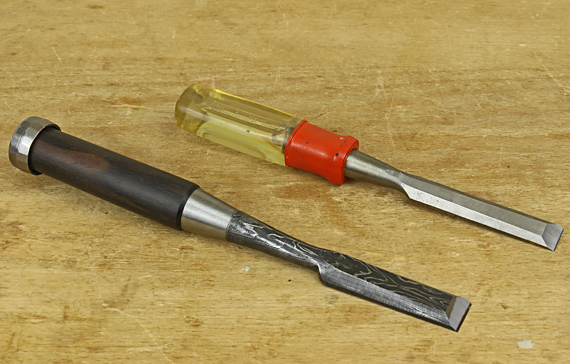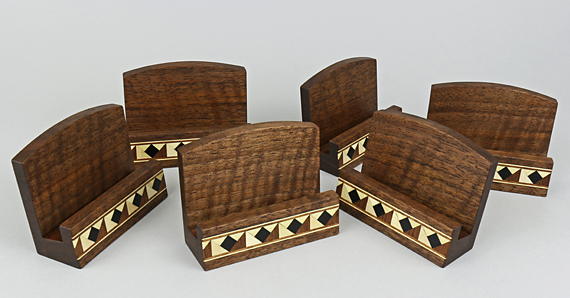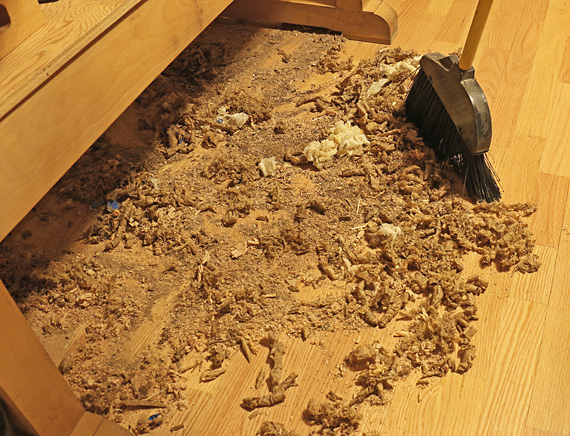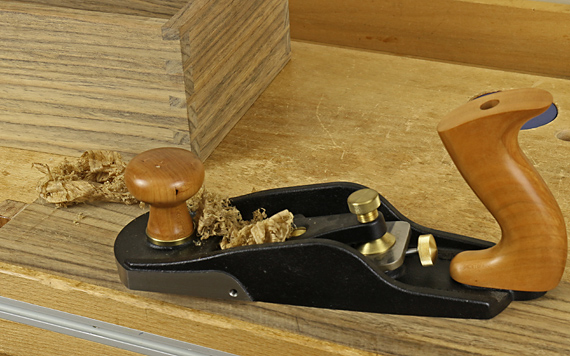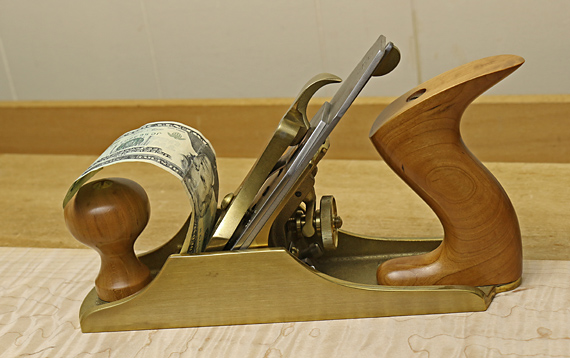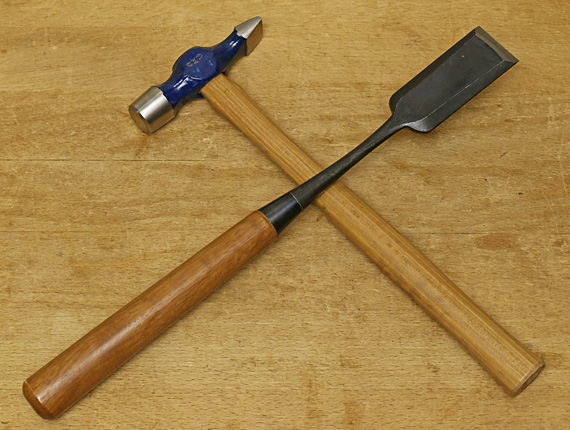
I was asked not long ago by a major software development company, whose product line includes architectural and design software, to consult on an exciting project that is now in the latter stages of development. Of course, I cannot name the company, which I will call “G, Inc.” (No, not them). However, I do not need to hide my excitement – this has the potential to change how we approach our woodworking.
It is a furniture genome project of sorts. G, Inc. has compiled an enormous data bank of the elements of style of countless pieces of furniture. This includes proportions, motifs, woods, hardware, characteristic curves, secondary materials, joinery, carvings, and much more.
I worked with two G, Inc. project leaders, an architect and a programmer, who explained that the data is drawn from sophisticated visually mapped analyses of furniture from numerous sources. The data exists as visual files with verbal tags such as “cabriole legs,” or “hand-hammered hardware,” and so forth. There are also broader categorizations such as “few curves,” or “carvings,” and so forth.
Here is how you interact with the software. Again, I think this is really exciting.
You start with a piece of furniture that you want to make such as a “tea table,” or, simply, a “small table.” Then, to move quickly in narrowing your preferences, you enter a style category such as American Queen Anne c. 1740, Arts and Crafts, or Nakashima.
But here is the really cool part. If you lack any appreciation for style, you can sift through displays of furniture elements, accepting those that appeal to you and rejecting those that do not. You do not have to conjure anything of your own. The software detects your style tendencies and through the magic of Artificial Intelligence decides what you really like. In short order, you will have your table design. All that remains is to build it.
And even for building, it coaches you through everything. You set a slider scale for joinery ranging from strictly traditional (e.g. mortise and tenon joints) to anything-goes modern, which might include pocket screws, for example. The result is a 3D CAD rendition of the table, plan and elevation drawings, and full-scale drawings of the joinery and details.
The developers are giddy that you will not have to use your imagination at all. After all, your job is to follow the Masters and this program makes it pleasantly easy to do just that. This way, you can be assured that you will spend your efforts making only real furniture – the tried-and-true good stuff. There is no need to work through your own ideas, which are probably inferior anyway.
As with all software, this currently contains a glitch, which is that it only seems to be operative on one calendar day of the year.
Today.
“You just have to try; you have to use your imagination.”
–Sam Maloof

